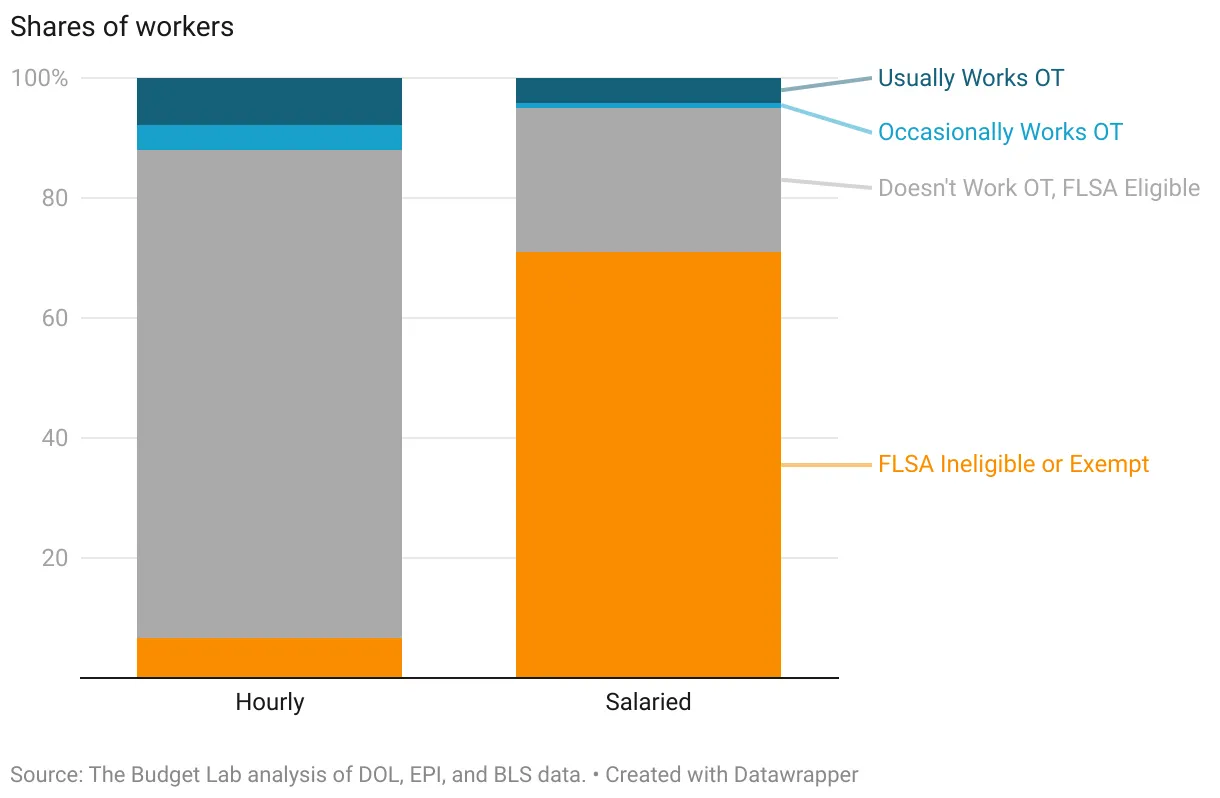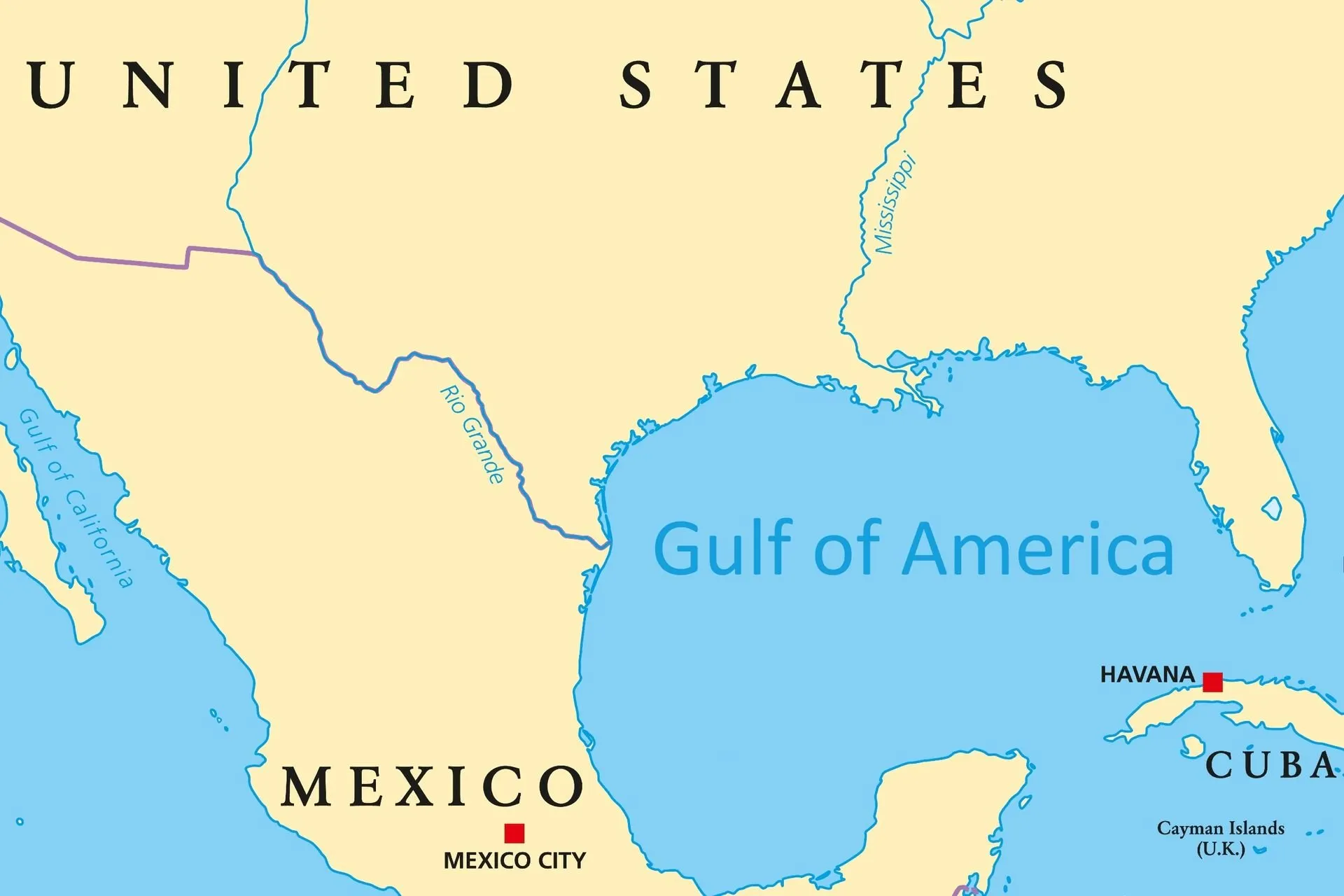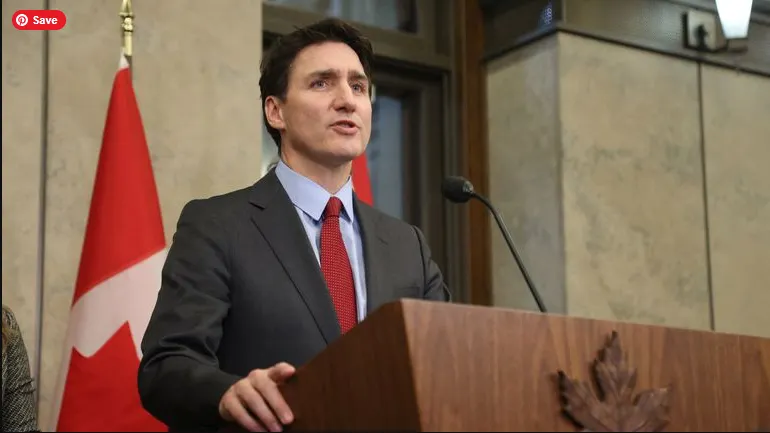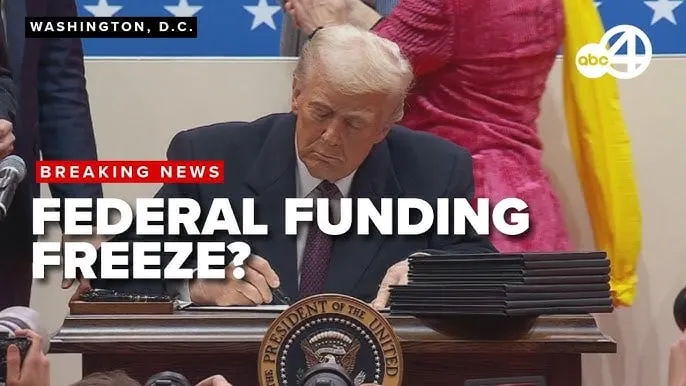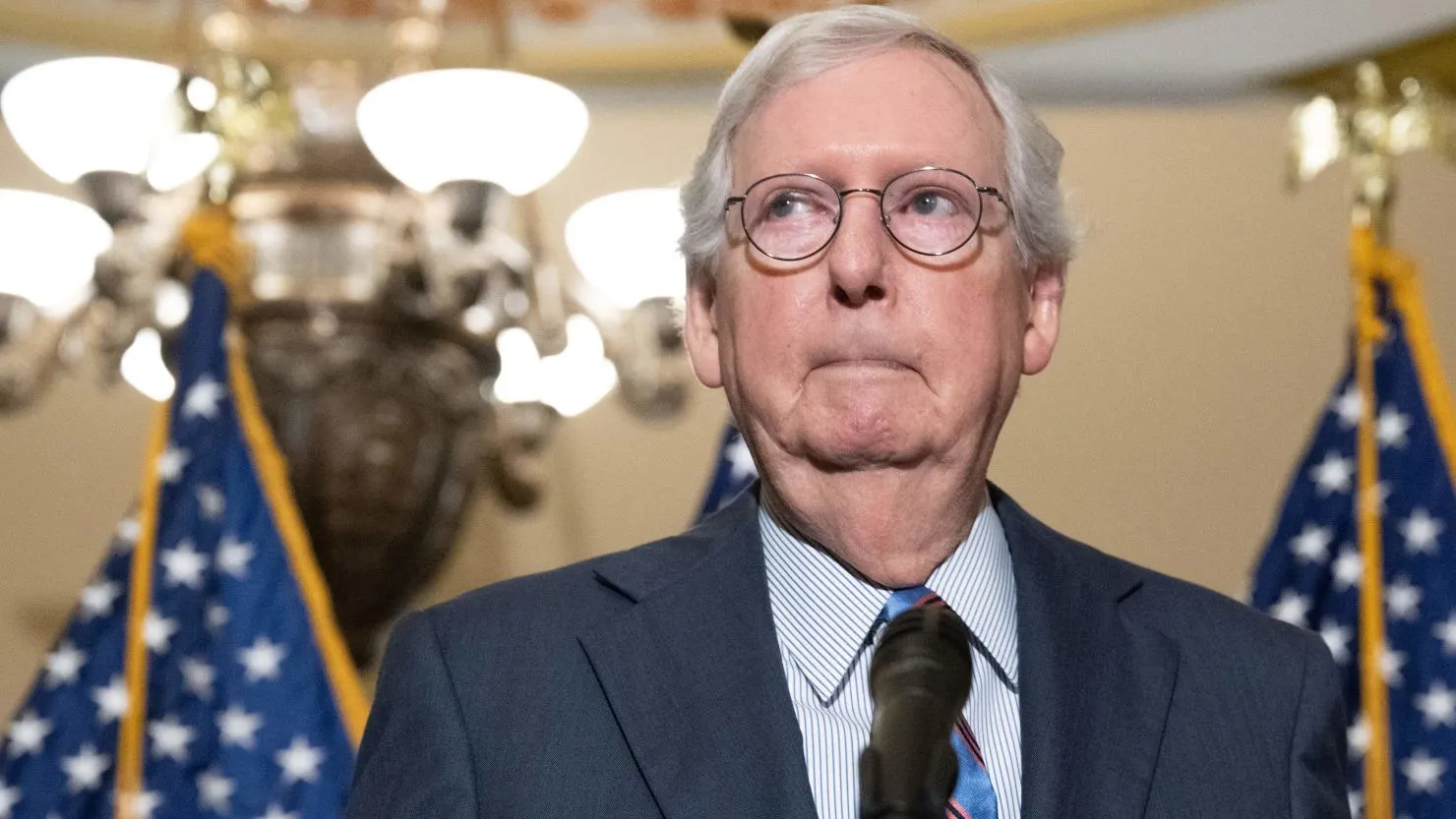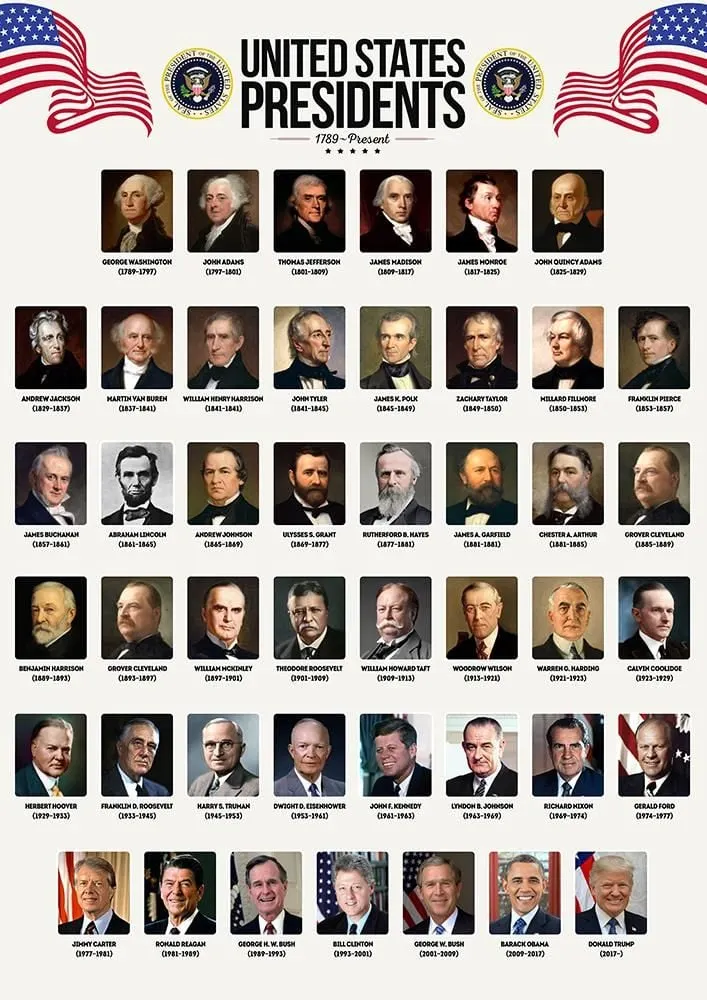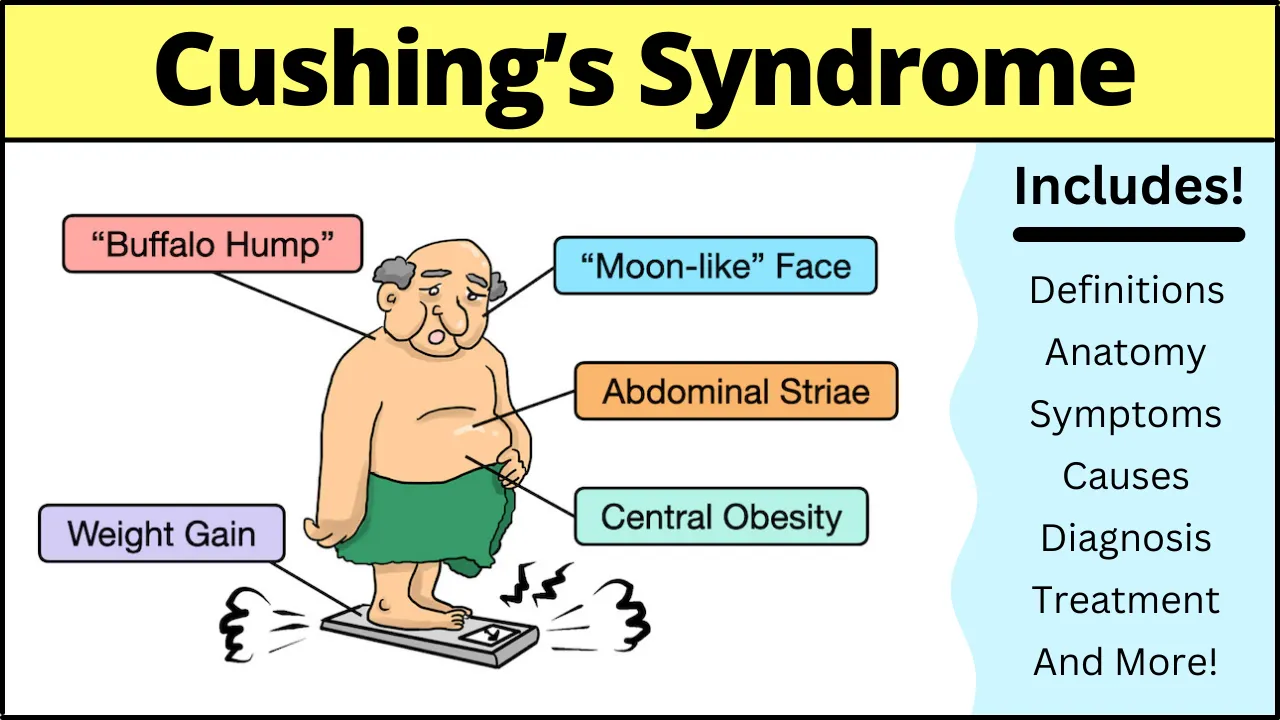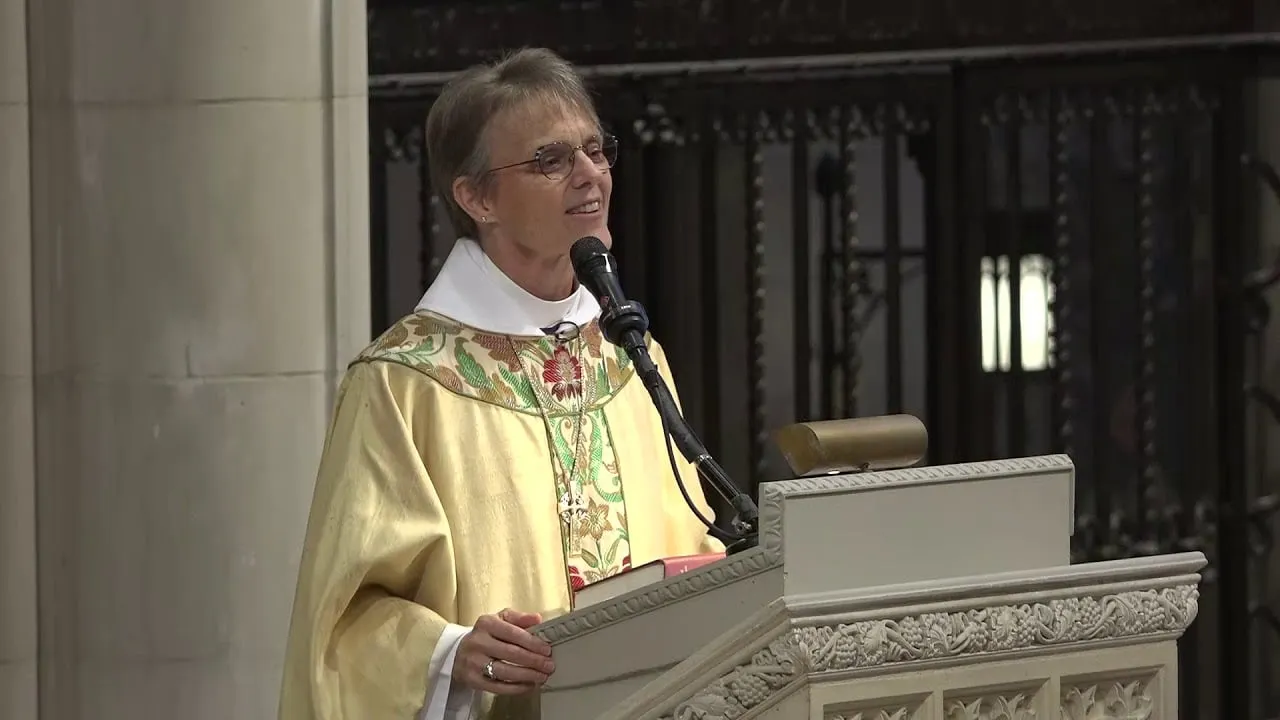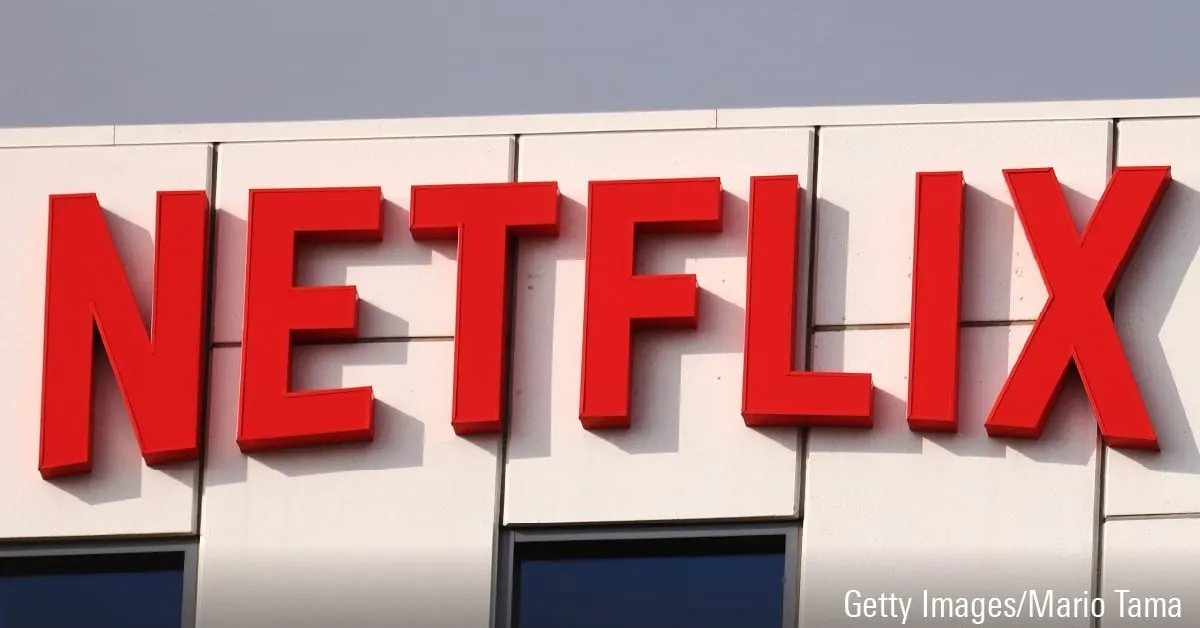No Tax on Overtime: A Deep Dive into the Latest Budget Proposals and Tax Reforms in 2025
Introduction
The year 2025 has brought significant developments in U.S. tax policy and budgetary reforms. Among the most discussed proposals are the "no tax on overtime" and "no tax on tips" provisions, which aim to alleviate the tax burden on workers. These measures are part of a broader Republican-led budget resolution that includes extending the Trump tax cuts, addressing Medicaid funding, and implementing spending cuts. This article provides an in-depth analysis of these proposals, their implications, and the political dynamics shaping them.
The "No Tax on Overtime" Proposal
What Is It?
The "no tax on overtime" proposal seeks to exempt overtime earnings from federal income taxes. This initiative is part of a broader effort to incentivize work and provide financial relief to middle-class Americans.
Why It Matters
- Increased Take-Home Pay: Workers who clock in extra hours would see a significant boost in their earnings.
- Economic Impact: Proponents argue that this measure could stimulate the economy by increasing disposable income.
- Criticism: Critics warn of potential revenue losses for the federal government, estimated at $145 billion over ten years, according to the Tax Foundation.
Current Status
The proposal is included in the House's budget resolution, which passed on February 25, 2025. However, it faces challenges in the Senate, where bipartisan support is uncertain.
The "No Tax on Tips" Bill
Overview
Similar to the overtime proposal, the "no tax on tips" bill aims to exempt tips from federal income taxes. This measure is particularly significant for service industry workers who rely heavily on tips for their income.
Key Features
- Workers can deduct up to $2,500 in tips from their taxable income.
- The bill aligns with President Trump's broader tax reform agenda, which includes extending the 2017 Tax Cuts and Jobs Act (TCJA).
Legislative Progress
The bill has gained traction in the House of Representatives and is expected to be a key component of the final budget reconciliation process.
Medicaid Cuts and the 2025 Budget Resolution
Proposed Cuts
The 2025 budget resolution includes significant cuts to Medicaid, with up to $880 billion in reductions over the next decade. These cuts are part of a broader effort to reduce mandatory spending by $1.5 to $2 trillion.
Implications
- Healthcare Access: Critics argue that these cuts could jeopardize healthcare access for millions of low-income Americans.
- Political Fallout: The proposal has sparked intense debate, with Democrats opposing the cuts and labelling them as harmful to vulnerable populations.
The House Budget Resolution: Key Highlights
Tax Cuts
The resolution proposes extending the Trump tax cuts, which are set to expire at the end of 2025. These cuts primarily benefit middle-class families and small businesses.
Spending Cuts
In addition to Medicaid, the resolution targets other mandatory spending programs, including SNAP and clean energy subsidies.
Defence and Border Security
The budget allocates over $100 billion for defence and border security, aligning with the Republican "America First" agenda.
Political Dynamics
House Republicans' Strategy
Led by Speaker Mike Johnson, House Republicans have prioritised tax cuts and spending reductions. The budget resolution passed along party lines, highlighting the partisan divide.
Opposition
Democrats have criticised the resolution, arguing that it disproportionately benefits the wealthy while cutting essential services.
Actionable Takeaways
- For Workers: If passed, the "no tax on overtime" and "no tax on tips" provisions could significantly increase take-home pay for millions of Americans.
- For Policymakers: Balancing tax cuts with spending reductions will be crucial to avoid increasing the federal deficit.
- For Voters: Stay informed about how these proposals could impact your finances and healthcare access.
External Links for Further Reading
- House Passes Budget Resolution
- Kiplinger: Taxes on Overtime Pay in 2025
- NC House Considers 'No Tax on Tips'
Conclusion
The 2025 budget proposals, including the "no tax on overtime" and "no tax on tips" provisions, represent a significant shift in U.S. tax policy. While these measures promise financial relief for workers, they also raise questions about fiscal sustainability and equity. As the debate continues, it is essential for citizens to stay informed and engaged in the legislative process.


